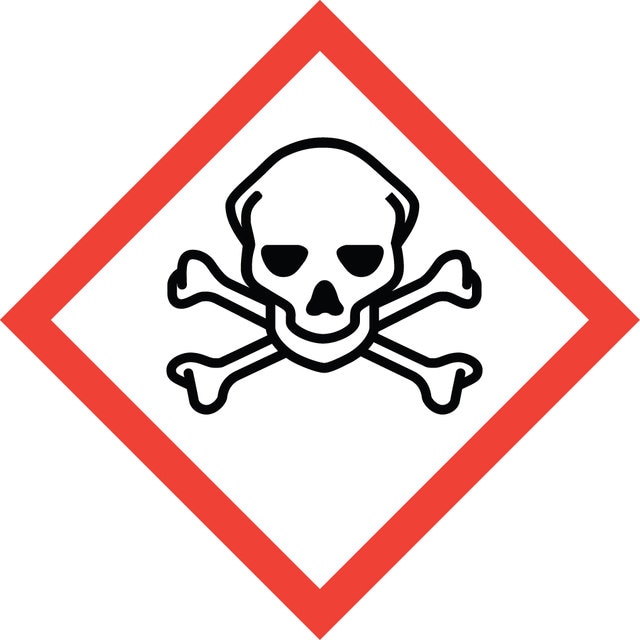Select a Size
About This Item
Product Name
2-Norbornanemethanol, mixture of endo and exo, 97%
InChI key
LWHKUVOYICRGGR-KVARREAHSA-N
InChI
1S/C8H14O/c9-5-8-4-6-1-2-7(8)3-6/h6-9H,1-5H2/t6-,7+,8?/m1/s1
SMILES string
OCC1C[C@@H]2CC[C@H]1C2
assay
97%
refractive index
n20/D 1.49 (lit.)
bp
93-95 °C/14 mmHg (lit.)
density
0.942 g/mL at 25 °C (lit.)
functional group
hydroxyl
Quality Level
Related Categories
General description
signalword
Danger
Hazard Classifications
Acute Tox. 4 Oral - Eye Irrit. 2 - Skin Irrit. 2 - STOT SE 3
target_organs
Respiratory system
Storage Class
6.1C - Combustible acute toxic Cat.3 / toxic compounds or compounds which causing chronic effects
wgk
WGK 3
flash_point_f
183.2 °F - closed cup
flash_point_c
84 °C - closed cup
ppe
Eyeshields, Faceshields, Gloves, type ABEK (EN14387) respirator filter
Regulatory Information
Choose from one of the most recent versions:
Already Own This Product?
Find documentation for the products that you have recently purchased in the Document Library.
Our team of scientists has experience in all areas of research including Life Science, Material Science, Chemical Synthesis, Chromatography, Analytical and many others.
Contact Technical Service